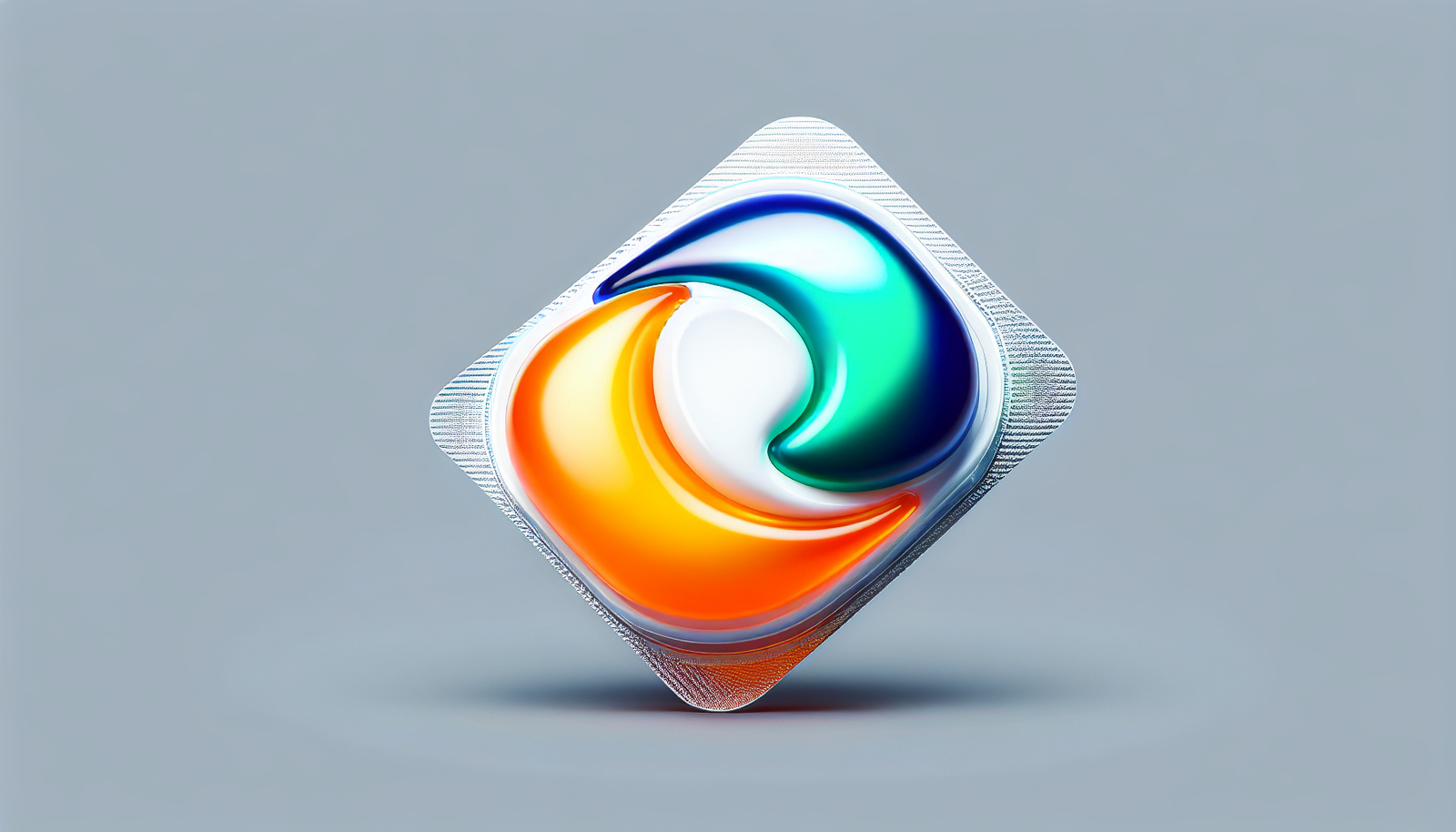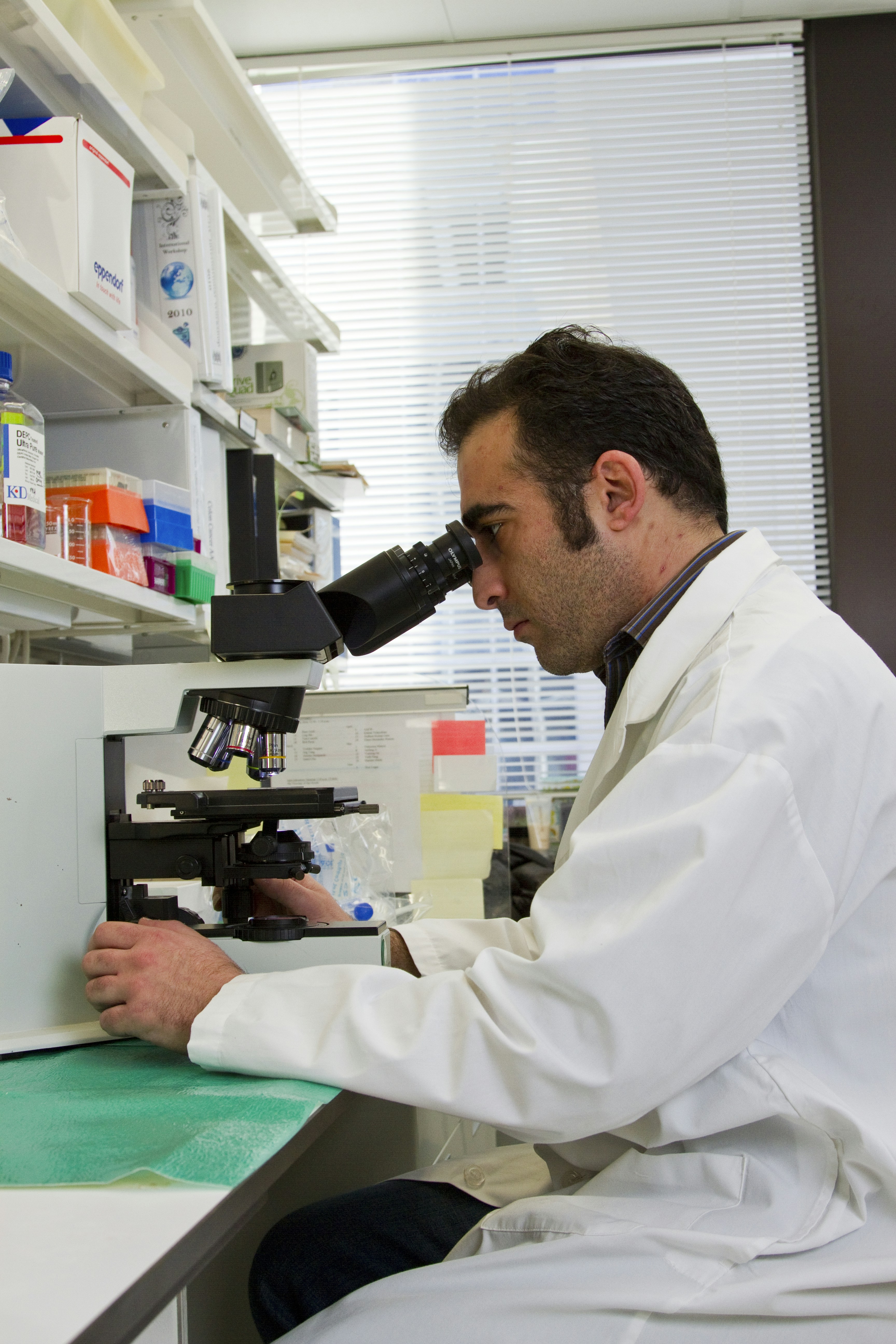
Did you ever stop to think about the potential dangers posed by the everyday products we use? In this article, we will be addressing one specific concern that has gained traction in recent years – the alleged link between Tide detergent and cancer. With increasing worries about the safety of commonly used household items, it is important to separate fact from fiction and explore the truth behind these claims. Join us as we delve into the research and uncover what science has to say about Tide detergent and its potential impact on our health.
Overview
What is Tide detergent?
Tide detergent is a popular brand of laundry detergent that is widely used by households around the world. It is known for its effective stain-removing power and ability to clean clothes thoroughly. Tide detergent comes in various forms, including liquid, powder, and pods, and it is designed to provide exceptional cleaning results for different types of fabrics and laundry needs.
What is cancer?
Cancer is a complex disease characterized by the uncontrolled growth and spread of abnormal cells in the body. It can affect various parts of the body and has the potential to be life-threatening. Cancer can result from a combination of genetic factors, environmental exposures, lifestyle choices, and other unknown causes. It is important to understand that cancer is a multifactorial disease, and not all cases can be attributed to a single cause.
Chemical Components of Tide Detergent
Tide detergent contains a range of chemical components that contribute to its cleaning effectiveness and overall performance. These components are carefully formulated to ensure the best results while maintaining safety for consumers. Some of the key chemical components found in Tide detergent include:
Surfactants
Surfactants are the primary cleaning agents in Tide detergent. They are responsible for reducing the surface tension of water, allowing it to penetrate fabrics and lift away dirt and stains. Surfactants help break down grease, oil, and other substances clinging to clothes, enabling them to be washed away more effectively.
Enzymes
Enzymes added to Tide detergent help to break down protein-based stains, such as grass, blood, and food. They act as catalysts, speeding up chemical reactions that break down these stubborn stains and improve their removal during the washing process.
Fragrances
Tide detergent contains fragrances to provide a pleasant scent to freshly washed clothes. These fragrances are carefully selected and undergo rigorous testing to ensure their safety and compatibility with different skin types. However, some individuals may have sensitivities or allergies to fragrance ingredients, and it is advisable to choose fragrance-free options if necessary.
Optical brighteners
Optical brighteners are added to Tide detergent to enhance the appearance of clothes by making them appear brighter and whiter. These chemicals absorb ultraviolet light and re-emit it as visible blue light, counteracting the yellowish tones that can be present in fabrics. Optical brighteners are non-toxic and safe for use in laundry detergents.
Preservatives
Preservatives are necessary in Tide detergent to prevent the growth of bacteria, fungi, and other microorganisms that can spoil the product and pose a risk to consumer safety. These preservatives are used in small amounts and undergo extensive safety testing to ensure their effectiveness and non-toxicity.
Other additives
Tide detergent may also contain other additives, such as chelating agents, pH adjusters, and colorants. Chelating agents help to remove mineral deposits from fabrics, pH adjusters ensure the detergent’s effectiveness across different water types, and colorants are added for aesthetic purposes. These additives are carefully selected and used in compliance with regulatory guidelines to ensure consumer safety.
Concerns Regarding Cancer
Despite its widespread use and effectiveness, there have been concerns raised about a potential link between Tide detergent and cancer. It is important to evaluate these concerns based on scientific research and evidence to gain a better understanding of any potential risks. Here, we will explore the main components of Tide detergent and their potential links to cancer.
Surfactants and their potential link to cancer
Surfactants are commonly used in many cleaning products, including laundry detergents. While some surfactants have been associated with a possible increased risk of certain types of cancer in laboratory studies using high concentrations or in animal studies, the evidence linking typical household use of detergent containing surfactants to cancer in humans is limited. Regulatory agencies closely monitor these substances and set safety standards to ensure their safe use in consumer products.
Enzymes and their potential link to cancer
Enzymes used in Tide detergent play a crucial role in breaking down stains, improving cleaning efficiency. There is currently no conclusive scientific evidence suggesting a direct link between the use of enzymes in laundry detergents and an increased risk of cancer. These enzymes are used in very small amounts and undergo rigorous safety evaluations before being approved for use in consumer products.
Fragrances and their potential link to cancer
Fragrances used in Tide detergent undergo thorough evaluation and testing to ensure their safety for consumers. While some fragrance ingredients have been associated with potential health concerns, including allergies and sensitivities, there is limited evidence supporting a direct link between the use of fragrance-containing detergents and an increased risk of cancer. Individuals with known sensitivities or allergies should consider fragrance-free options or patch testing before use.
Optical brighteners and their potential link to cancer
Optical brighteners, also known as fluorescent brightening agents, are non-toxic and considered safe for use in laundry detergents. These chemicals are not known to cause cancer in humans when used according to recommended guidelines. However, as with any ingredient, individuals with specific sensitivities or concerns should consult with a healthcare professional or choose alternative detergent options.
Preservatives and their potential link to cancer
Preservatives used in Tide detergent are carefully selected and undergo extensive safety testing to ensure their effectiveness and non-toxicity. Regulatory agencies set safety standards for preservatives to prevent the growth of harmful microorganisms in consumer products. When used as directed, these preservatives are not known to pose a cancer risk.
Other additives and their potential link to cancer
Other additives used in Tide detergent, such as chelating agents, pH adjusters, and colorants, are also subject to safety evaluations and regulatory guidelines. These additives are used in small amounts and are not known to cause cancer when used as instructed.
Studies and Research Findings
A significant amount of research has been conducted to investigate the potential links between Tide detergent and cancer. Here, we will outline the findings of studies exploring the individual components of Tide detergent and their potential impacts on cancer risks.
Research on surfactants and cancer
Research on surfactants has mainly focused on their potential carcinogenic effects following high-dose exposure in laboratory settings or animal studies. While some surfactants have demonstrated carcinogenic properties in these contexts, there is limited evidence linking typical household use of detergents containing surfactants to an increased cancer risk in humans. Further studies are needed to provide a more comprehensive understanding of any potential risks.
Research on enzymes and cancer
Studies examining the relationship between enzyme use in laundry detergents and cancer risk have not found any conclusive evidence supporting a direct link. Enzymes used in detergents are generally considered safe for consumers, as they are used in very small quantities and undergo thorough safety evaluations. Nonetheless, ongoing research is essential to continually assess the safety of these components.
Research on fragrances and cancer
Fragrances used in Tide detergent and other consumer products have been evaluated for their potential health effects. While some fragrance ingredients have been associated with allergies and sensitivities, no direct causal link between fragrance-containing detergents and cancer has been established. Further research is needed to explore potential long-term effects of fragrance exposure.
Research on optical brighteners and cancer
Optical brighteners used in Tide detergent are considered safe for consumer use. Research has not shown a direct correlation between optical brighteners and an increased risk of cancer. However, it is always important to follow recommended guidelines and consider individual sensitivities when using any cleaning product.
Research on preservatives and cancer
Preservatives used in Tide detergent undergo extensive safety testing to ensure they are not carcinogenic. Regulatory agencies have established safety standards for preservatives to protect consumers from harmful microorganisms. When used as directed, these preservatives are not known to pose a cancer risk.
Research on other additives and cancer
Research on the other additives in Tide detergent, such as chelating agents, pH adjusters, and colorants, has not found any evidence linking them to an increased risk of cancer. These additives are used in small quantities and are considered safe for consumer use.
Regulations and Safety Standards
Government regulations and safety standards play a critical role in ensuring the safety of detergent products, including Tide detergent. Here are key regulatory bodies and guidelines that oversee detergent safety:
Government regulations on detergent safety
Government agencies, such as the Food and Drug Administration (FDA) in the United States, impose regulations on detergent labeling, safety testing, and ingredient disclosure. These regulations ensure that detergents, including Tide detergent, meet stringent safety standards before they are made available to consumers.
Environmental Protection Agency (EPA) standards
The EPA establishes guidelines and standards for the safe use and disposal of chemicals in household products, including laundry detergents. Tide detergent complies with these standards to minimize environmental impact and ensure consumer safety.
Occupational Safety and Health Administration (OSHA) regulations
OSHA enforces workplace safety regulations, including guidelines for the handling and use of cleaning products in commercial and industrial settings. Tide detergent meets OSHA regulations to ensure the safety of workers involved in detergent manufacturing and handling processes.
Consumer Product Safety Commission (CPSC) guidelines
The CPSC provides guidelines and regulations to protect consumers from potential hazards associated with various consumer products, including laundry detergents. Tide detergent adheres to these guidelines to ensure the safety and well-being of consumers.
Expert Opinions and Controversies
Experts in the field have expressed differing opinions regarding the safety of Tide detergent and its potential link to cancer. It is essential to consider various perspectives and evaluate the evidence to form an informed opinion. Here, we will explore both expert opinions supporting the safety of Tide detergent and concerns raised about its potential risks.
Expert opinions supporting the safety of Tide detergent
Many experts in toxicology and public health argue that Tide detergent, when used as directed, does not pose a significant risk of cancer. These experts rely on extensive safety evaluations conducted by regulatory agencies and the absence of concrete evidence linking Tide detergent to cancer in typical household use.
Expert opinions raising concerns about Tide detergent and cancer
Some experts and organizations have raised concerns about the potential health risks associated with certain ingredients in Tide detergent. These concerns are often based on independent research or specific findings related to individual ingredients. However, it is important to note that the overall scientific consensus does not support a direct link between Tide detergent and an increased risk of cancer.
Controversies surrounding Tide detergent and cancer risk
The issue of cancer risk associated with Tide detergent has generated some controversies and public debates. Conflicting information from various sources, media coverage, and personal anecdotes contribute to these controversies. It is crucial for consumers to rely on scientifically supported information and consult reputable sources to make informed decisions regarding their detergent choices.
Consumer Awareness and Precautions
Consumers can take several steps to enhance their awareness and minimize any potential risks associated with detergent use. By understanding label information, considering alternative options, and following proper usage and handling precautions, consumers can make informed decisions about their laundry routine and reduce their exposure to potential hazards.
Label reading and ingredient awareness
Reading product labels and familiarizing yourself with the ingredients listed can help consumers make informed choices. If you have specific sensitivities or concerns, look for fragrance-free options or detergents that meet specific criteria. Being aware of potential allergens or irritants can be helpful in avoiding potential adverse reactions.
Choosing alternative detergent options
If you have concerns about certain ingredients or potential risks associated with Tide detergent, there are alternative detergent options available. Numerous brands offer fragrance-free, hypoallergenic, or eco-friendly detergents that may suit your specific needs and preferences. Conducting thorough research and consulting with healthcare professionals can help you identify suitable alternatives.
Proper usage and handling precautions
Following the instructions provided by the manufacturer is crucial for using Tide detergent safely and effectively. Adhering to recommended dosages, avoiding skin contact with concentrated detergent, and keeping detergents out of reach of children can help minimize any potential risks associated with detergent use. It is also necessary to store detergents in their original containers to avoid confusion and accidental ingestion.
Conclusion
In summary, Tide detergent is a widely used laundry detergent known for its cleaning effectiveness and stain-removing power. While concerns about a potential link between Tide detergent and cancer have been raised, the scientific evidence supporting such a connection is limited. Regulatory bodies closely monitor the safety of detergent ingredients, and extensive research has been conducted to ensure consumer safety. By following proper usage and handling precautions, as well as considering individual sensitivities and preferences, consumers can make informed decisions about their laundry routine. It is important for consumers to rely on reputable sources and consult experts when assessing potential risks associated with detergent use.



